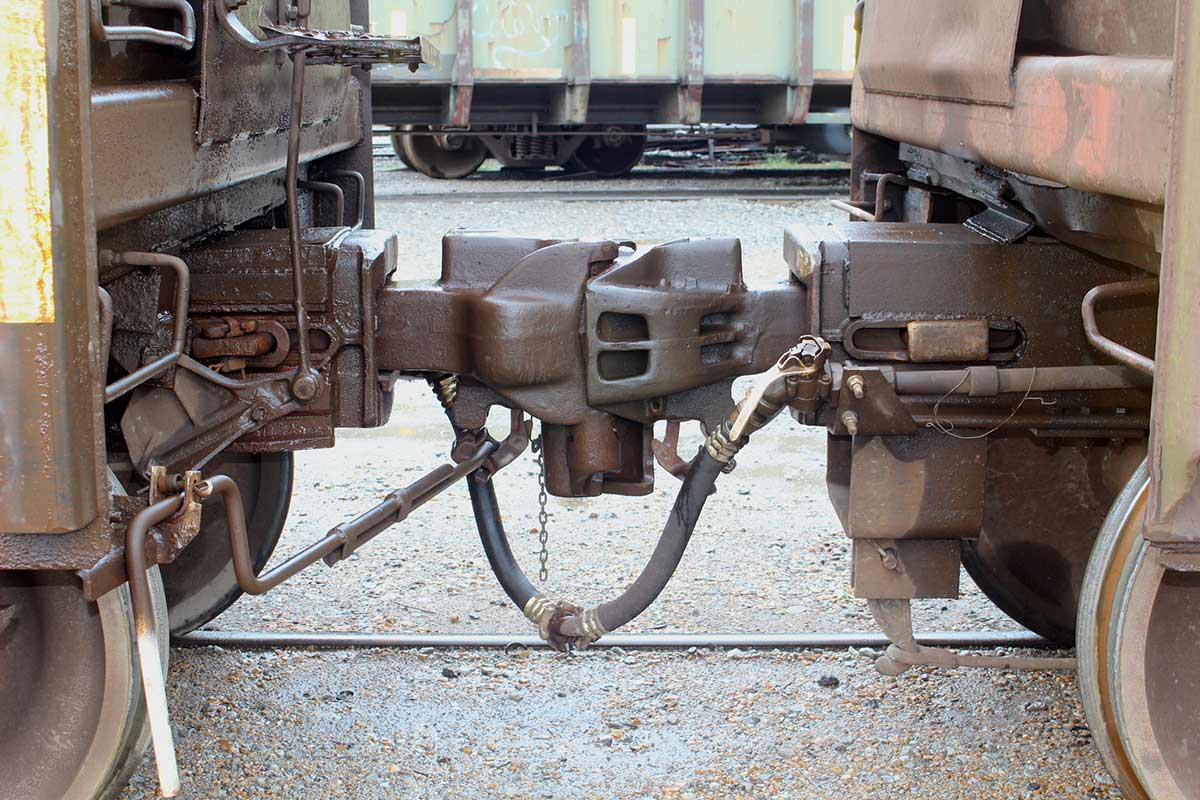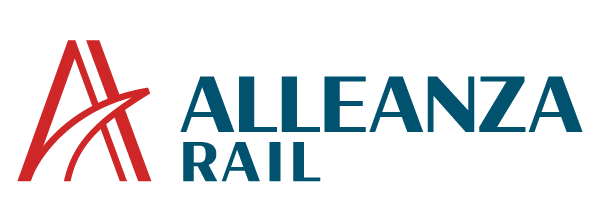
The Importance of Preventative Railcar Maintenance
In the rail industry, safety, efficiency, and reliability take first place. For that reason, a well-maintained rail system makes operations smoother. The importance of preventative railcar maintenance can’t be overstated. It keeps downtime from putting a dent in your income, protecting your human capital and assets.
Why Preventative Maintenance Matters
Railcars experience extreme wear and tear because of heavy loads, constant movement, high mileage, and exposure to harsh weather. Therefore, without regular maintenance, minor issues can quickly escalate into major problems. This can lead to inevitable breakdowns, costly repairs, and even stranded equipment. Here’s why preventative maintenance should be a priority:
1. Enhancing Safety
Regular inspections help spot structural weaknesses, wheel defects, abnormal wearing of components, and faulty draft systems before they cause accidents. Insufficient anti-creep or a cracked knuckle might not seem like a major issue … at first. However, over time, these flaws can lead to catastrophic failure.
Preventative maintenance helps your repair partner spot and address potential hazards early. This reduces the chance of derailment and other safety risks. In addition, brakes, draft systems, truck assemblies, and other mechanical components that are in optimal condition don’t often experience operational failure. You want to ensure safe transportation of goods and personnel – and preventative maintenance helps you do that.
2. Reducing Costly Repairs & Downtime
Unplanned mechanical failures and track issues can cause significant delays, disrupting supply chains and leading to financial losses. Preventative maintenance helps reduce these interruptions by addressing abnormal and minor wear and tear before it escalates into a larger problem.
For example, replacing worn brake levers or making sure that draft systems are working properly can prevent inconvenient, expensive repairs. In addition, scheduled maintenance lets you get repairs done during planned downtime, while the cars are empty. On the other hand, you’ll see unexpected service interruptions of loaded cars that can impact logistics and overall productivity if you don’t undertake preventive railcar maintenance.
3. Extending the Lifespan of Assets
Railcars represent a significant financial investment. Routine maintenance keeps them in service as long as possible. Equipment that has regular inspections and is maintained experiences less wear. That’s because railcars with properly serviced trucks, draft systems, and brake systems avoid premature degradation. Preserving your rail infrastructure’s lifespan lets you allocate your resources more efficiently.
Key Parts of Preventative Maintenance
A comprehensive preventative railcar maintenance program should include:
- Regular railcar inspection
- Wheel wear inspection
- Brake system inspection
- Structural integrity testing
- Loading mechanism inspection
- Draft system inspection
Partnering with Experts for Rail Maintenance
At Alleanza Rail, we specialize in preventative railcar maintenance, helping industrial and freight operations maintain peak performance. Our experienced team ensures that your rail assets are always working as they ought to. We help you minimize risk and maximize efficiency.
Through a full preventative maintenance plan with Alleanza Rail, you can continue on the path to long-term operational success. If you need a reliable partner to keep your rail operations running smoothly with mobile and offsite railcar maintenance and repair, contact Alleanza Rail today.

